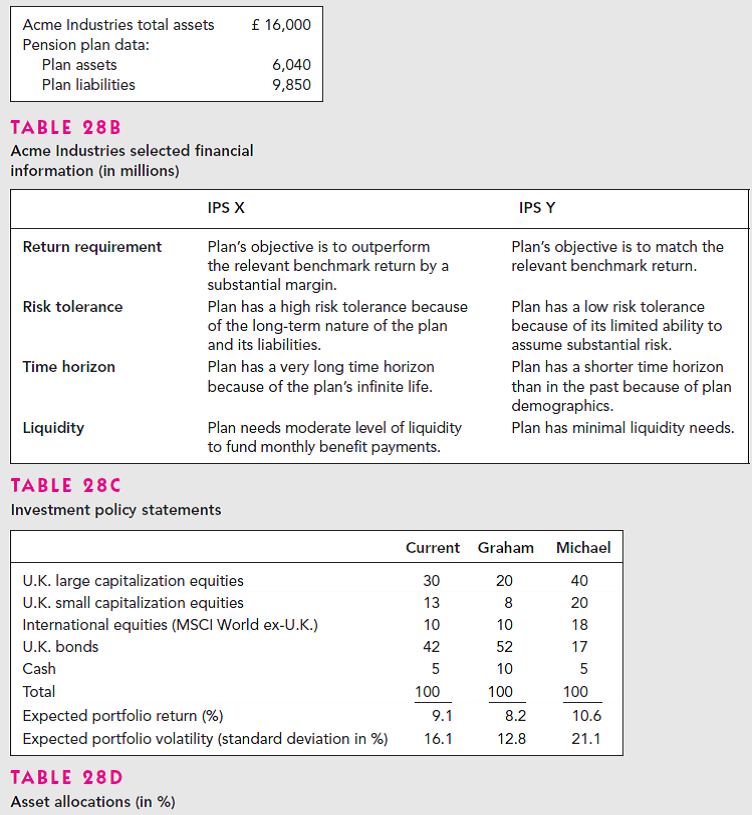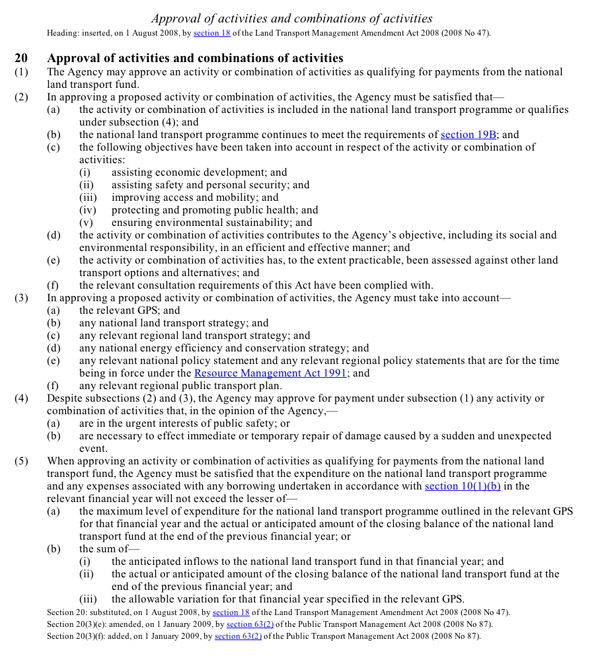Investment Policy Statement_7
Post on: 1 Июль, 2015 No Comment

Purpose of this Statement
The purpose of this investment policy statement is to provide a reference point for us, for our clients and prospective clients that clearly outlines Buckley Financial Plannings investment process and general strategy. The policy outlines how we will work with clients, how we think about, identify and manage risk, sets out the guidelines for selecting investments, specifies the asset classes we will use to achieve results and specifies how we will monitor and measure investment performance. The goal is to ensure we remain true to our stated principles and ensure clients are a good fit with us by outlining these key considerations up front. This policy is reviewed at least annually.
Customer Needs And Goals Assessment
The main financial goal that we think about when we invest client funds is that the results achieve their stated investment needs and objectives. We always start with a planning process that focuses the client on why they are investing and what the purpose is for the funds we are managing. This process results in clear identification of our clients needs and sets financial goals designed to meet those needs. It is imperative to us that we then create customized investing solutions to address these needs and goals, ex: planning for retirement, education, health care and/or wealth transfer.
Dealing Effectively with Risk
Our philosophy about risk is that all risks should be understood before investing. We work with clients to get clear about each ones specific level of risk tolerance in the context of their investing goals and financial objectives. Market risks such as volatility, inflation and liquidity risk should also be assessed before committing funds to an investment. Proper management of these risks through rational decision making under all types of market conditions and scenario planning increases the probability of generating strong, long run results. Common sense drives our assessment and management of risk.
Core Investment Selection
Equity — We look for core investments that emphasize high quality and long-term reliability. For stocks we focus on determining the value of a business, its risks and whether the price accurately reflects the value of future cash flows and the risks to those cash flows.  Simply put, we look for businesses that trade at a discount to their long-term value.
In all equity investments, we search for top quality, global businesses that have a strong history and commitment to dividends. Regardless of the company size, we feel that ownership of stocks, either directly or in mutual funds, should demonstrate the stewardship of paying dividends or the intention to pay dividends.
Debt/Fixed Income — Core bond investing relies on a credit rating system that measures the ability of a firm to satisfy its debt and debt-like obligations. This credit rating system reviews financial statements, cash flow, future financial forecasts and analyses of existing and future liabilities. Based upon this system a credit rating is generated. We look for solid credit ratings with bond yields that offer a firm and predictable stream of income with full return of principal.  We utilize a portfolio of bonds that have varying maturities.  This creates laddered bond investments that provide structured liquidity for your income needs or reinvestment.
Non-Core Investment Selection
Non-core investing usually involves searching for select growth opportunities that might produce above average returns. This might involve theme or momentum investing. This type of noncore investing usually comprises a smaller position in portfolios due to its risk and unreliability.
Costs and Tax Effects
We do not trade frequently as high trading costs can reduce results. We are sensitive to costs and attempt to keep them towards the lower end of the investment world spectrum. We also are aware of tax costs and look for ways to manage and position assets in a way to minimize adverse tax effects.
Measurement and Monitoring
Transparency is of paramount importance to building successful, trusted, long-term client relationships. This commitment is supported by three measurement and monitoring activities.
Client Reviews — Our philosophy is to review our clients plans and results on a quarterly basis with in-depth client reviews twice per year. This is an approach that pays close attention to market conditions but is not prone to overreaction to short term trends.
Cross Asset Investment Monitoring (CashEdge) — Our portfolio monitoring platform, CashEdge, allows us and our clients to monitor invested assets and chart performance in real time.
Additionally, this platform allows our clients to assemble all their investments in one place, including those not managed by the advisors at BFP. We believe this complete view of our clients investments results in better asset allocation and a more realistic picture of total wealth.
Relevant Performance Measurement — We measure performance against relative benchmarks that are set by the risk and objectives of the individual investment portfolios.
All investment return is measured using a Dollar Weighted Internal Rate of Return calculation (Modified Dietz).  This formula accounts for the time an asset is held, the size of the position relative to the total portfolio, cash flow received from dividends and bond interest, as well as cash flow that has been distributed.  We measure investment performance through an appropriate benchmark that closely matches your portfolio asset allocation.  This could be either:
       Growth Blend is comprised of 5% Lipper Money Market, 45% Lipper SP 500, 25% Lipper Intermediate Investment Grade, 15% Lipper Small-Cap Core, 10% Lipper International.
       Growth Income Blend is comprised of 5% Lipper Small-Cap Core, 5% Lipper International, 40% Lipper SP 500, 40% Lipper Intermediate Investment Grade, 10% Lipper Money Market.
       Balanced Blend is comprised of 50% Lipper Intermediate Investment Grade, 30% Lipper SP 500, 20% Lipper Money Market.
We use focused financial planning to determine whether or not a client is on track for their retirement goals and spending.  The long term financial plan is evaluated at least annually, and adjustments are made accordingly.
Securities offered through Securities America, Inc. Member FINRA/SIPC, Fred Buckley and Sean Buckley, Registered Representatives. Advisory services offered through Securities America Advisors, Inc. Fred Buckley and Sean Buckley, Investment Advisor Representatives. Buckley Financial Planning and the Securities America companies are not affiliated.
Securities America and its representatives do not provide tax or legal advice.  These services are provided by qualified tax and legal professionals.  Please consult your tax advisor or legal counsel prior to investing.

Mutual funds are investments involving risk and are offered by prospectus only. Investment return and principal value will fluctuate so that upon redemption an investor’s shares may be worth more or less than original value. An investor should carefully consider the investment objectives, risks, charges and expenses before investing. The fund prospectus contains this and other information about the investment company. For a copy of the prospectus, please contact your advisor. Read the prospectus carefully before investing or sending money.
All investments involve risk.  Past performance is not indicative of future results.  Investment return and principal value will fluctuate.  An investors shares, when redeemed, may be worth more or less than the original cost.
Asset Allocation seeks to maximize the performance of your investment portfolio using diversification and disciplined investing. Diversification can be thought of as spreading your investment dollars into various asset classes to add balance to your portfolio. Although using an asset allocation methodology does not guarantee greater returns or against the risk of loss in a declining market, it may be able to reduce the volatility of your portfolio.
Investments in foreign markets entail special risks such as currency, political, economic, and market risks.  The risks of investing in emerging market countries are greater than the risks generally associated with foreign investments.
Investments in large companies generally involves the risks of price fluctuation and market cycles.  
Stocks of small and medium sized companies entail special risks, such as limited product lines, markets, and financial resources, and greater market volatility than securities of larger more established companies.   
International stocks entail the special risks of international investing, including currency exchange fluctuation, government regulations, and the potential for political and economic instability.  
Bond investments involve the risks of price fluctuation and the issuers credit quality.
Money Market Index. An unmanaged index considered representative of money market funds tracked by Lipper.
SP 500 Index: An unmanaged index considered representative of the U.S. stock market.
Intermediate Investment Grade Index. An unmanaged index considered representative of short-intermediate investment grade debt funds tracked by Lipper.
Small-Cap Core. An unmanaged index considered representative of small cap core funds tracked by Lipper.
International: An unmanaged index considered representative of international funds tracked by Lipper
An investor cannot invest directly in an index.














